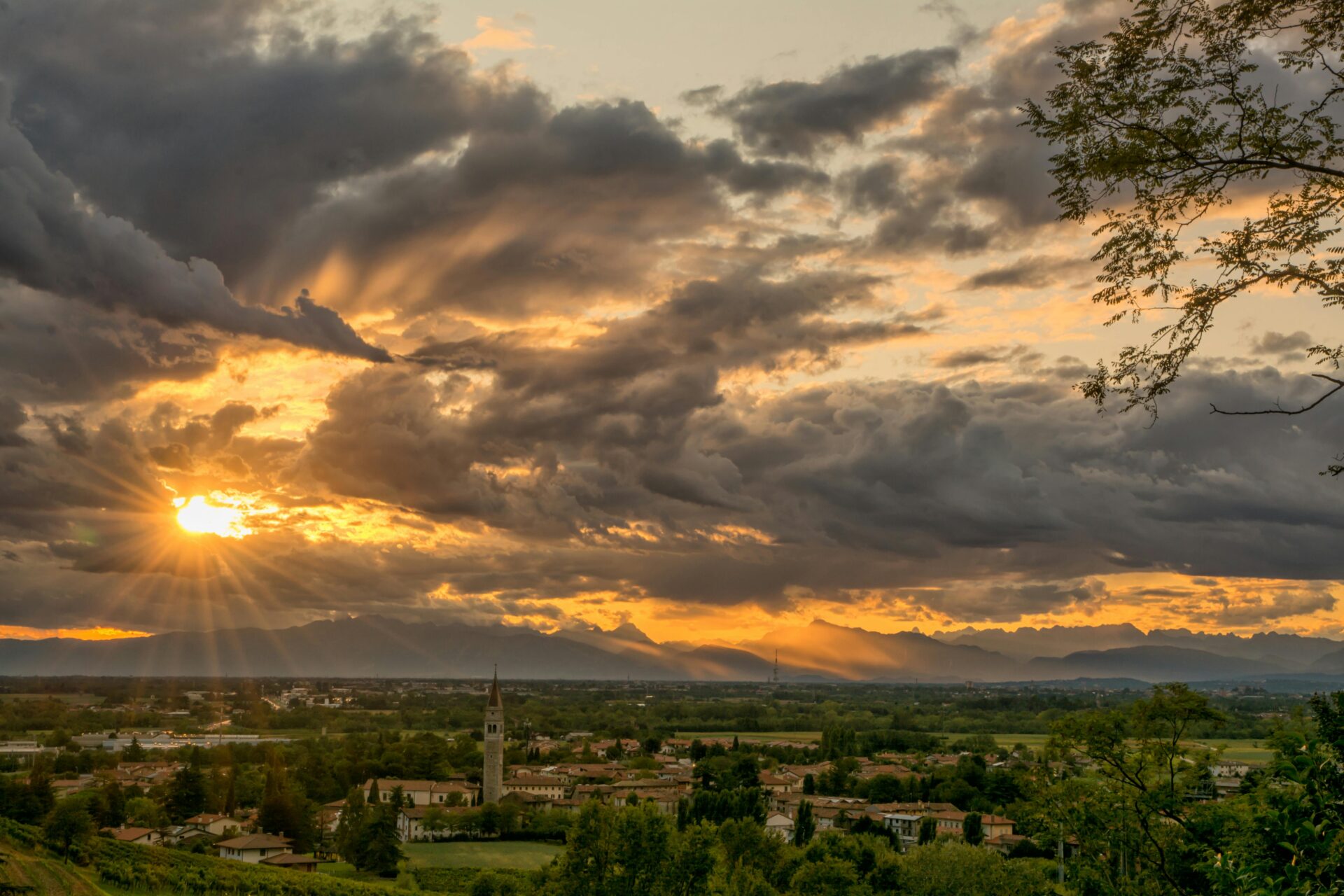Nestled in the northeastern corner of Italy, Friuli stands as a living museum where ancient Roman roads meet medieval architecture in a breathtaking cultural tapestry. My recent journey through this historical region revealed layers of civilization that have shaped its unique identity since the Romans conquered the area from the Celts in the 3rd century BC.
The region’s growth as a distinct historical and cultural entity can be traced back to the Lombard period between the 6th and 8th centuries. This period gave Friuli its separate regional identity that remains strong today.
Walking the ancient paths of the Romea Strata, I discovered that this network comprises ten minor routes through Italy, each name echoing the territories they cross.
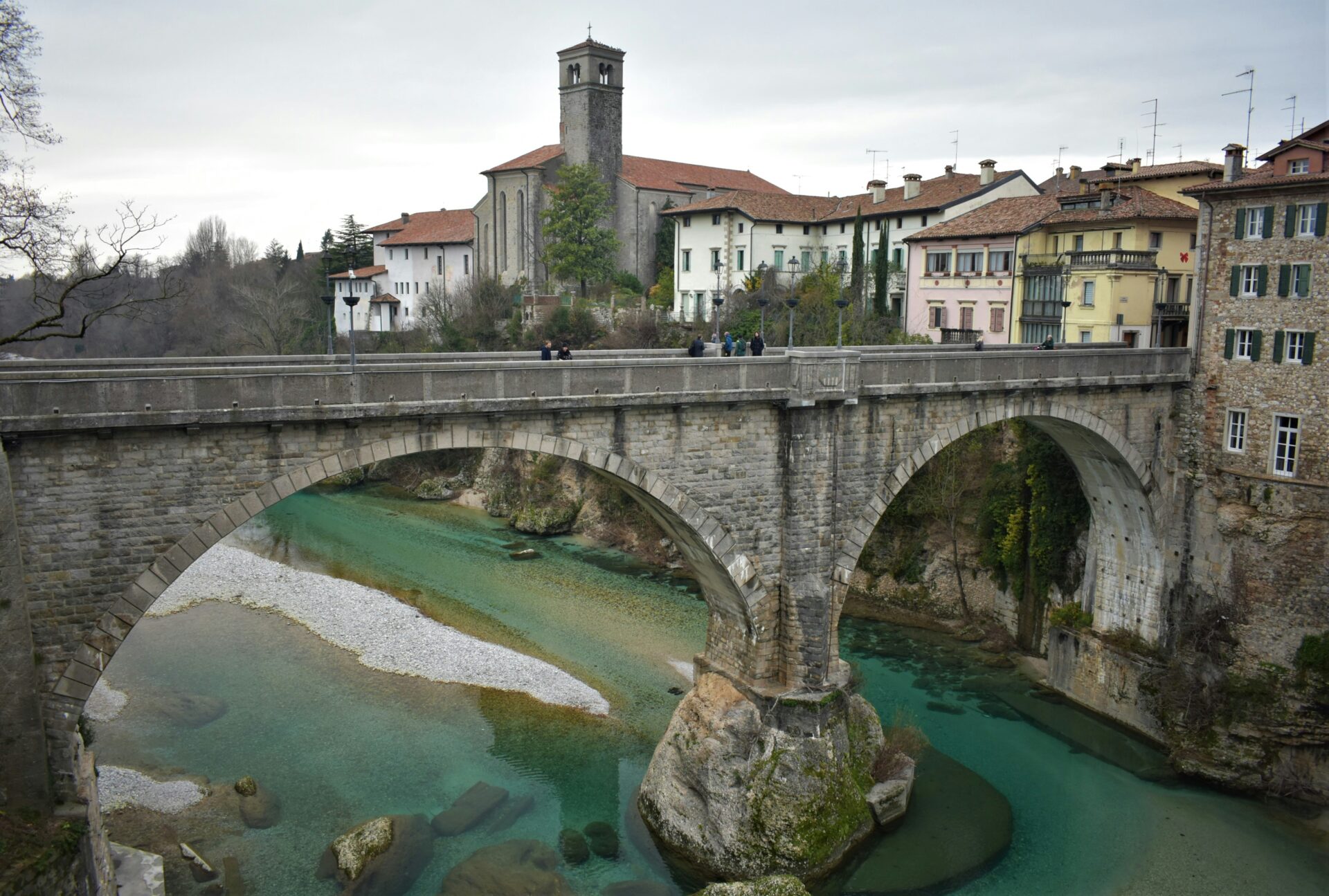
In Cividale del Friuli, Roman foundations support medieval structures in a stunning display of architectural evolution. The town square buzzes with locals speaking Friulian, a reminder of the region’s distinct ethnic character that has persisted through centuries of change.
What makes Friuli truly special is how it sits at the crossroads of Latin, Germanic, and Slavic cultures. I found myself wandering through Aquileia, once one of the Roman Empire’s most significant cities, where spectacular mosaics tell stories of an ancient past.
The Byzantine influences blend seamlessly with Roman remnants, creating a unique cultural landscape you won’t find elsewhere in Italy. This borderland region offers travelers a less-crowded alternative to Venice while delivering equally rich historical treasures.
The Dawn of Friuli: A Crossroads of Empires
Friuli’s rich history stretches back to ancient times when it first emerged as a strategic region at the crossroads of powerful civilizations. Its unique position between the Mediterranean and Central Europe made it a coveted territory for successive empires.
From the Roman Empire to Byzantine Rule
The Romans recognized Friuli’s strategic value early on, incorporating it into their Regio X Venetia et Histria. I’ve walked among the impressive ruins of Aquileia, once one of the largest cities in the Roman Empire. This remarkable site later became an imperial capital under Maximian.
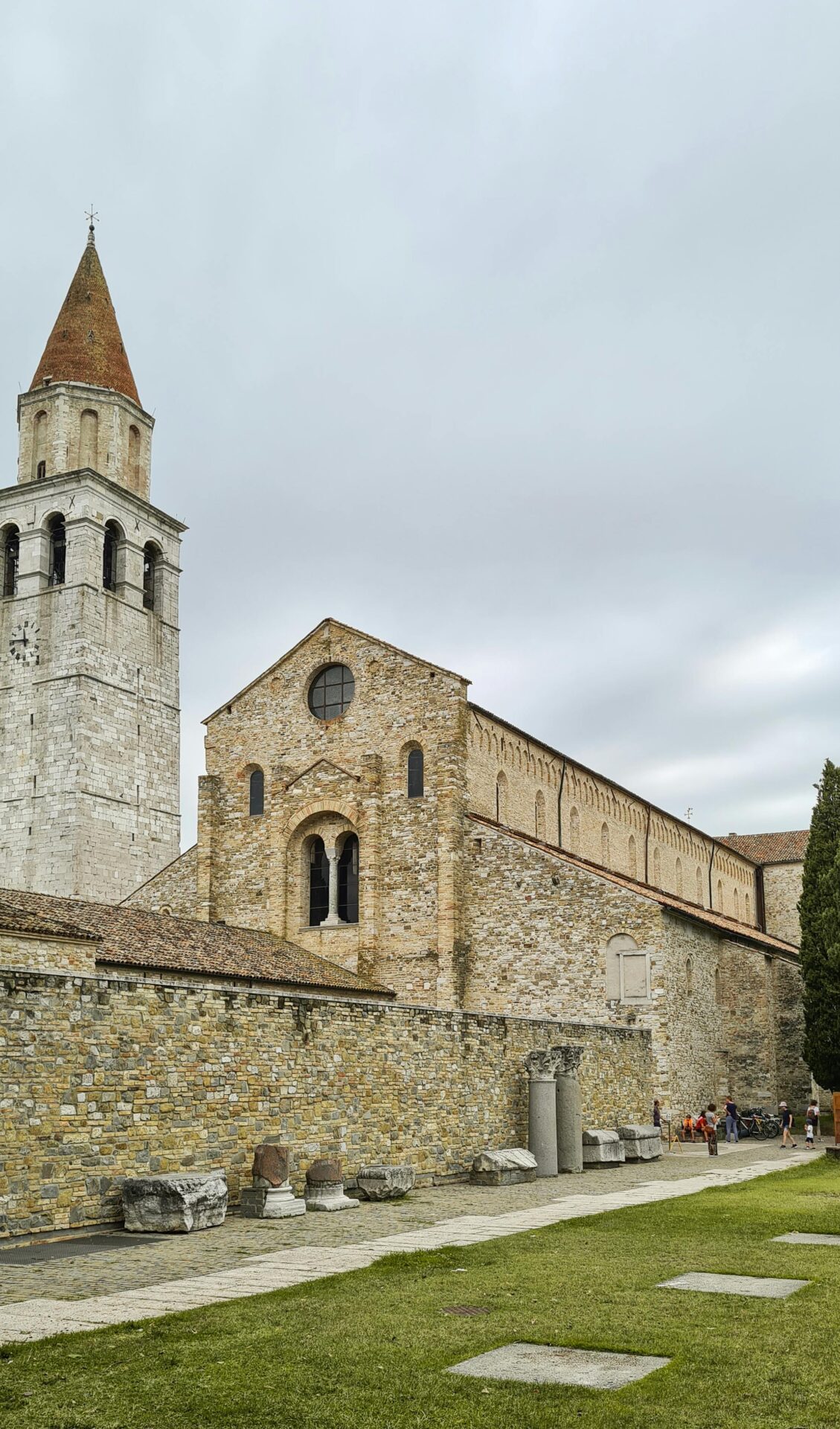
When the Western Roman Empire collapsed in the 5th century, Friuli faced waves of invasions. Byzantine forces soon claimed the region as they attempted to rebuild imperial control over the Adriatic coastline.
The landscape here tells this complex story. Roman roads still cross the countryside, while Byzantine influences appear in early religious buildings. This transition period set the stage for Friuli’s unique cultural identity.
The Strategic Importance of Friuli and Istria
Positioned between the Adriatic Sea and the Alpine passes, Friuli and neighboring Istria controlled crucial trade and military routes. I’ve been amazed by how these geographic features shaped the region’s destiny.
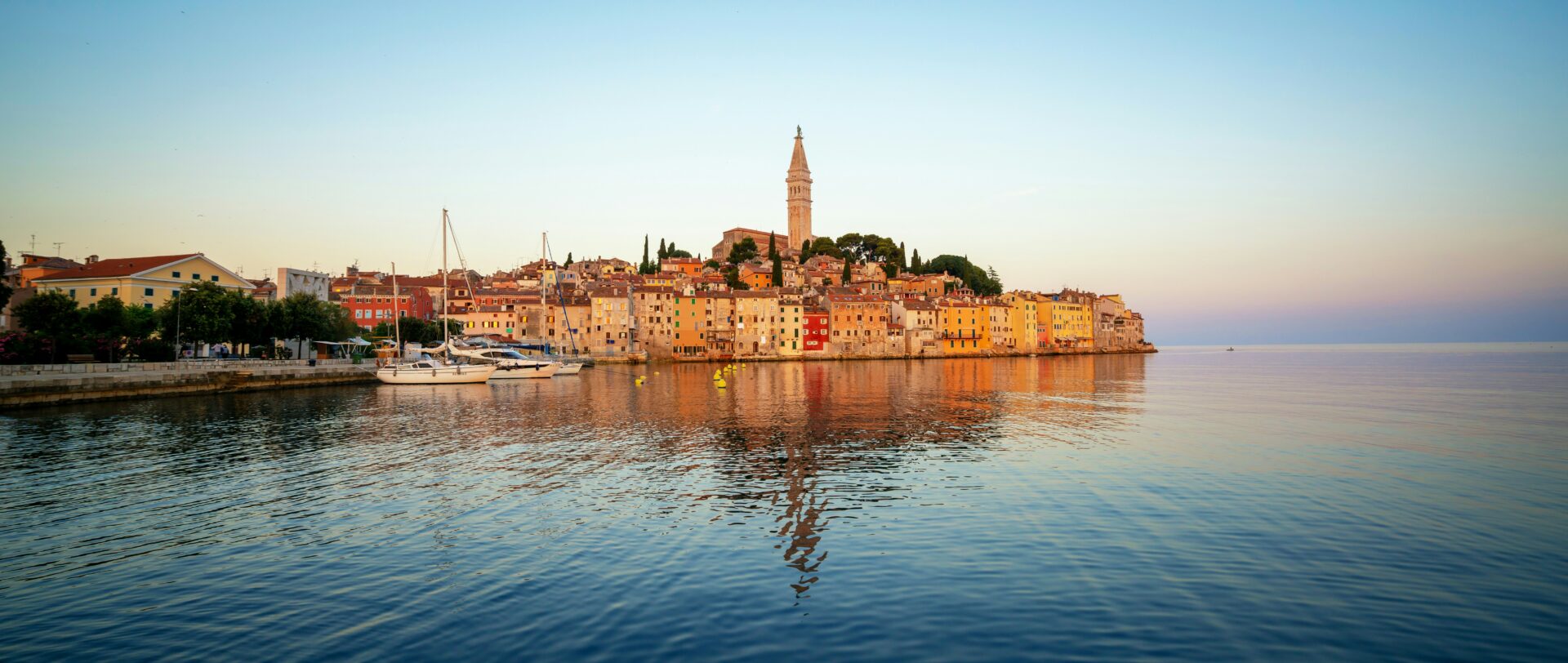
The Byzantines fortified coastal areas to protect their maritime interests, while inland settlements guarded mountain passages. This dual focus created a distinctive regional character that blended Mediterranean and Continental influences.
During the 6th-8th centuries, Friuli gained increasing importance under Lombard rule. This period marked the true beginning of Friuli as a coherent cultural and political entity, as noted in historical records.
The region’s strategic value meant constant competition for control. Maritime powers coveted the coastline, while land-based empires sought the inland territories, creating a fascinating patchwork of influences.
Cividale del Friuli: Heart of Longobard Power
Wandering through Cividale del Friuli, I found myself transported back to the 6th century when this charming town became the first Lombard duchy in Italy. The ancient stones here tell a story of power, artistry, and cultural fusion that shaped the identity of the entire Friuli region.
Museo Archeologico di Cividale and Longobard Treasures
The Museo Archeologico quickly became the highlight of my visit to Cividale. Inside this treasure trove, I discovered stunning Longobard artifacts that reveal their sophisticated craftsmanship.

Image source: Wikimedia Commons
The intricate goldwork of Longobard jewels showcases delicate filigree patterns that I hadn’t seen anywhere else in Italy.
The most impressive piece is the Altar of Ratchis from the 8th century. Its detailed carvings tell biblical stories and offer insights into Longobard religious practices. The museum also houses an impressive collection of Longobard weapons, including elaborately decorated sword hilts and shields.
What struck me most was how these artifacts blend Germanic traditions with Roman and Byzantine influences. This cultural fusion is evident in every display, showing how the Longobards adopted and transformed local artistic traditions.
Architectural Marvels: Tempietto Longobardo and Ponte del Diavolo
The Tempietto Longobardo (Oratory of Santa Maria in Valle) left me speechless with its remarkable stucco decorations. This small 8th-century chapel represents one of the finest examples of Longobard style architecture still standing today.
Inside, I marveled at the ornate archways adorned with intricate stucco work depicting female figures. The craftsmanship showcases the distinctive Longobard style with its geometric patterns and symbolic imagery.
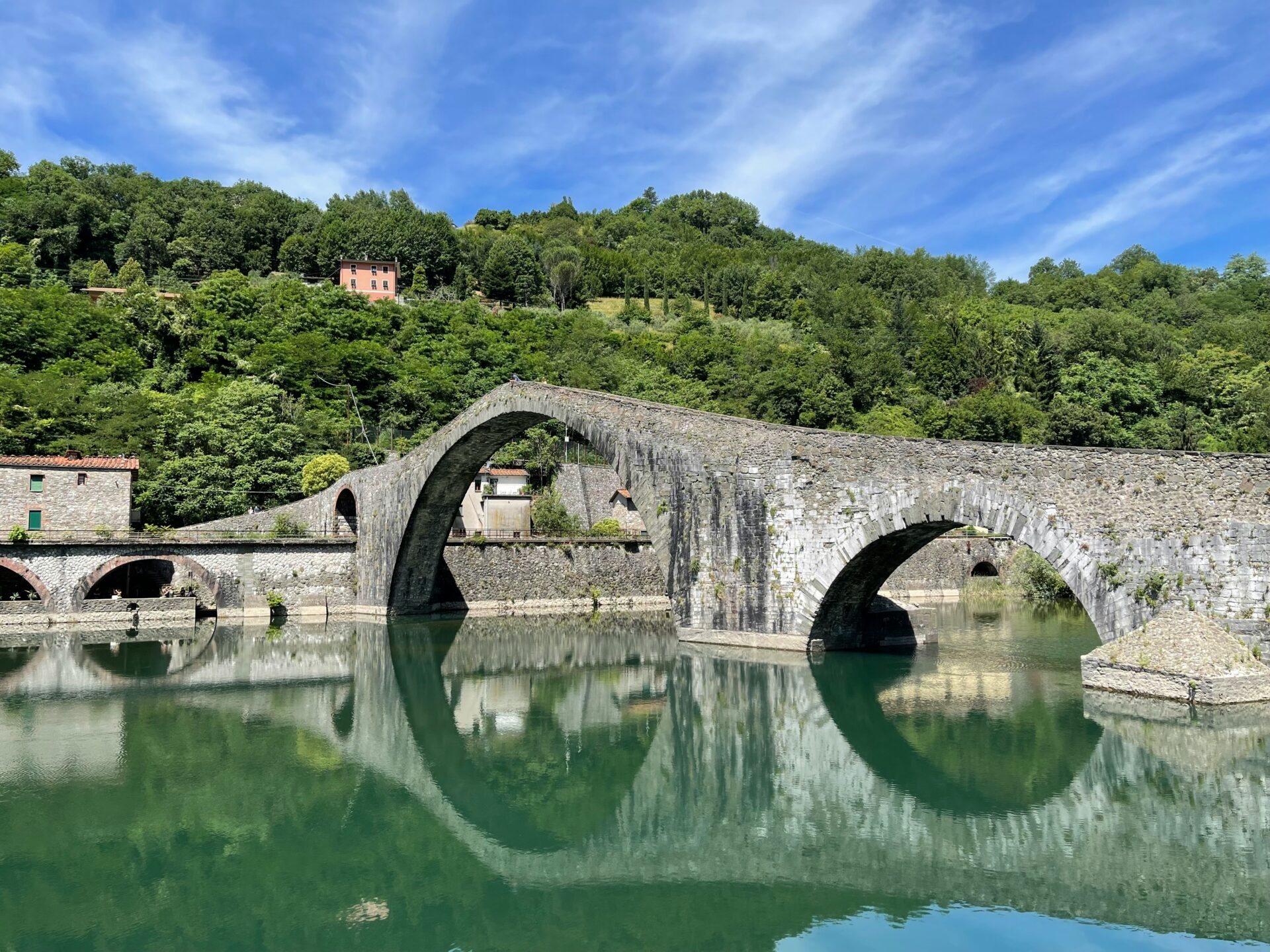
Just a short walk away, the Ponte del Diavolo (Devil’s Bridge) spans dramatically across the Natisone River. Local legend claims the devil himself helped build this stone bridge. Standing on its ancient structure, I could see why Cividale was strategically important to the Longobards.
The bridge and the Tempietto are part of why UNESCO recognized Cividale as a World Heritage Site in 2011. These architectural wonders provide a tangible connection to the Longobard legacy that shaped this region’s identity for centuries.
The Artistic Legacy of Parenzo and Ravenna
The coastal towns of Parenzo and Ravenna hold some of the most magnificent Byzantine art treasures in Europe, with their stunning mosaics telling stories of faith and power across the centuries.
Euphrasian Basilica: A Byzantine Gem in Parenzo
Walking into the Euphrasian Basilica in Parenzo, I was immediately struck by the dazzling golden mosaics that have survived since the 6th century. This UNESCO World Heritage site represents one of the most complete surviving early Christian complexes.
Bishop Euphrasius commissioned this masterpiece, and his portrait appears in the apse mosaic alongside the Virgin Mary and infant Christ. The colors remain remarkably vibrant after 1,500 years!
The basilica combines both Roman and Byzantine elements, with marble columns supporting elaborate capitals. Early Christian symbols appear throughout – I spotted God’s lamb, fish, and peacocks representing eternal life.
The central apse mosaic shows the Virgin Mary seated on a throne with the infant Saviour, surrounded by angels and saints in a golden background that seems to capture divine light itself.
Ravenna’s Mosaics: Dazzling Narratives in Tile
Ravenna’s artistic legacy simply took my breath away. By the 5th century, as Rome declined, Ravenna emerged as a cultural powerhouse with mosaics becoming its defining artistic expression.
The city houses eight UNESCO World Heritage monuments, each showcasing how mosaics became Ravenna’s artistic signature. I was mesmerized by the starry blue dome of the Mausoleum of Galla Placidia and the glittering procession of saints in Sant’Apollinare Nuovo.
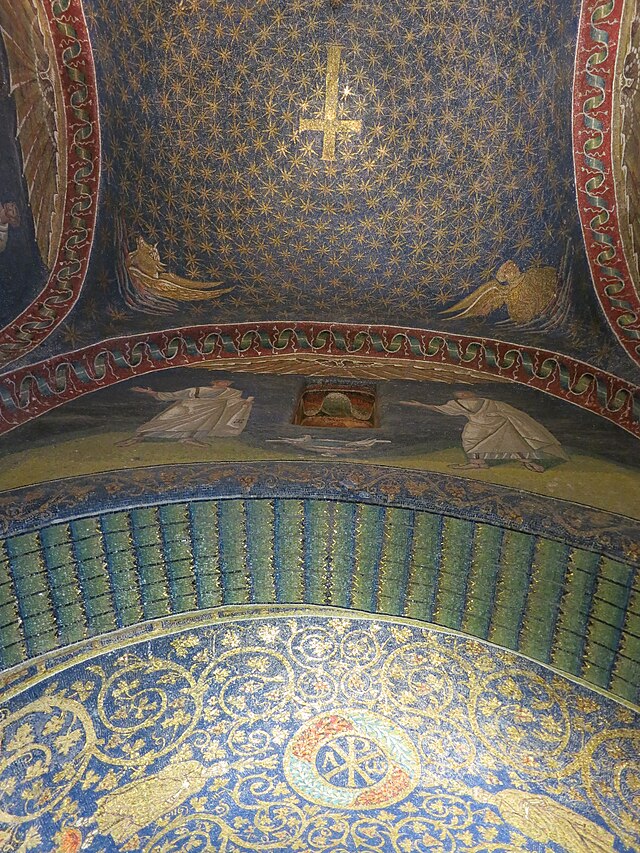
Image source: Wikimedia Commons
In San Vitale, the famous mosaic panels depicting Emperor Justinian and Empress Theodora reveal Byzantine court splendor in stunning detail. The artists used thousands of tiny colored glass tiles to create scenes that still glow with supernatural brilliance.
What makes Ravenna’s mosaics special is their narrative quality – they tell biblical stories and demonstrate imperial power through a medium that catches and transforms light beautifully.
Religious Influence and the Flourishing of Friuli
Religion shaped Friuli’s identity throughout its history, creating a unique cultural landscape where faith and local traditions merged. The spread of Christianity and the blending of architectural styles tell the story of this northeastern Italian region caught between East and West.
Christian Church Development and Saints’ Veneration
The Christian church took root in Friuli during the late Roman period, with Aquileia becoming an important religious center. I’ve wandered through the magnificent Basilica of Aquileia, where stunning floor mosaics date back to the 4th century.
Saints played a crucial role in local devotion. Walking through ancient churches, I’ve noticed how Saint Peter, Saint Biagio, and many local saints are honored in artwork and relics throughout the region.
Along the River Natisone, the church of SS. Pietro e Biagio stand as a testament to early Christian worship. This sacred spot draws visitors who seek both spiritual connection and historical understanding.
The medieval Latin influence became pronounced as the Pontifical State extended its reach. Popes maintained considerable influence here, even as Gothic peoples and later the Sclaveni (early Slavic settlers) brought their own religious customs.
The Convergence of Cultures in Religious Architecture
Friuli’s religious buildings showcase an incredible fusion of styles. I’ve marveled at churches that blend Byzantine mosaics, Romanesque solidity, and Gothic arches in one harmonious structure.
The Cathedral of Cividale del Friuli perfectly demonstrates this convergence. Its altar, adorned with angels and saints in relief, shows influences from both Italian and Eastern European artistic traditions.
Religious architecture in Friuli often incorporates defensive elements, a reminder of the region’s frontier position. Many churches were built atop Roman ruins, literally layering history beneath worshippers’ feet.
The Lombards left their mark on religious buildings after their 6th-century arrival. Their distinctive decorative elements can still be spotted in the intricate stonework of church facades and baptisteries throughout Friuli.
Preservation and Renewal: The Tale of Restoration
Walking through Friuli today, I’m constantly amazed by how meticulously preserved these ancient structures are. The region’s restoration story reflects both passionate individual efforts and modern conservation techniques that have breathed new life into these historic treasures.
Sir Thomas Graham Jackson: Reimagining Medieval Friuli
Sir Thomas Graham Jackson played a crucial role in documenting and preserving Friuli’s medieval architecture during the late 19th century. I’ve studied his detailed drawings and notes, which provided invaluable guidance for later restoration projects. His work came at a critical time when many structures were deteriorating under Austro-Hungarian rule.
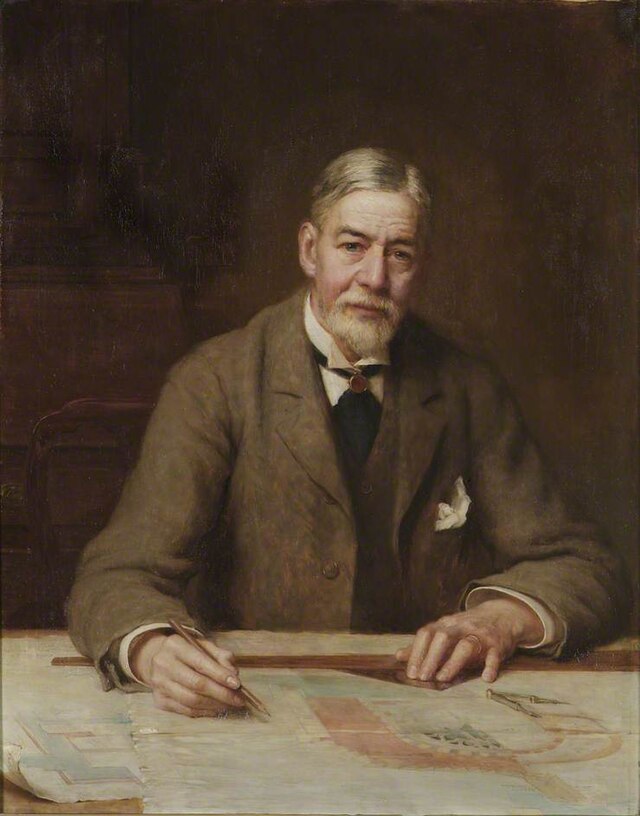
Image source: Wikimedia Commons
Jackson was particularly fascinated by the blend of Roman and medieval elements in Friuli’s buildings. His careful documentation of the Decumanus Maximus – the main east-west street in Roman cities – helped preserve this important urban planning feature across several towns.
What I find most impressive is how Jackson balanced historical accuracy with practical restoration needs. He didn’t just record what he saw but offered thoughtful approaches to preservation.
Modern Restoration Efforts and Their Impact
Today’s restoration work in Friuli follows strict guidelines. These guidelines respect original building techniques while ensuring structural integrity.
I’ve watched expert stonemasons use traditional methods to repair ancient walls. They create a seamless blend between old and new.
The restoration of Roman Parentium (modern Poreč) stands out as particularly successful. Walking through its reconstructed Campus Martius area, I can almost hear the echoes of ancient civic life.
Digital mapping and 3D modeling now supplement physical restoration. These technologies create virtual archives of Friuli’s architectural heritage.
These technologies have revolutionized how experts approach damaged structures.
Local communities actively participate in preservation efforts too. I’ve joined volunteers helping with smaller projects. This reinforces the connection between residents and their heritage.
The economic impact is significant. These beautifully restored sites draw thousands of visitors annually. This supports local businesses while educating people about Friuli’s rich history.

